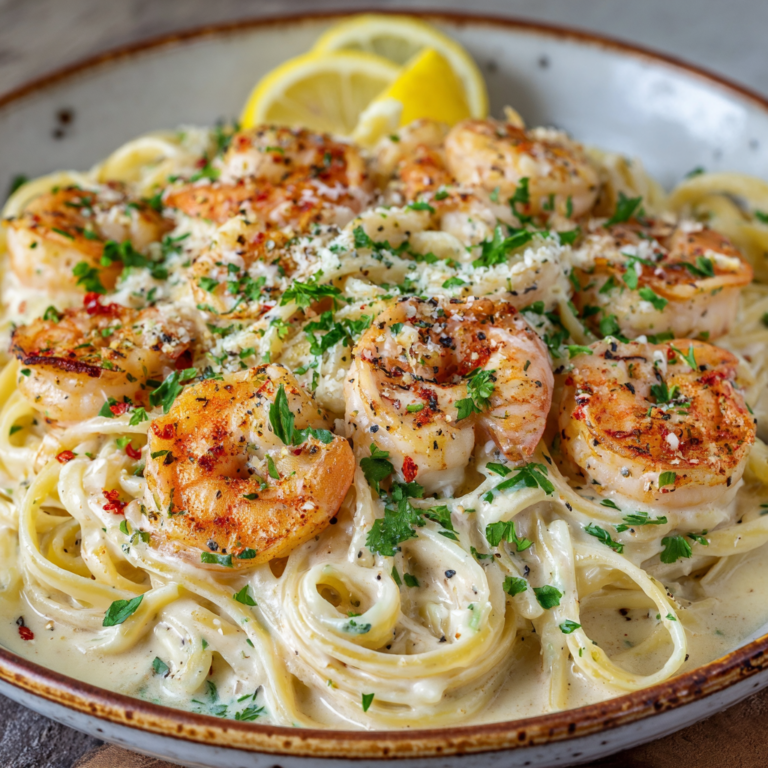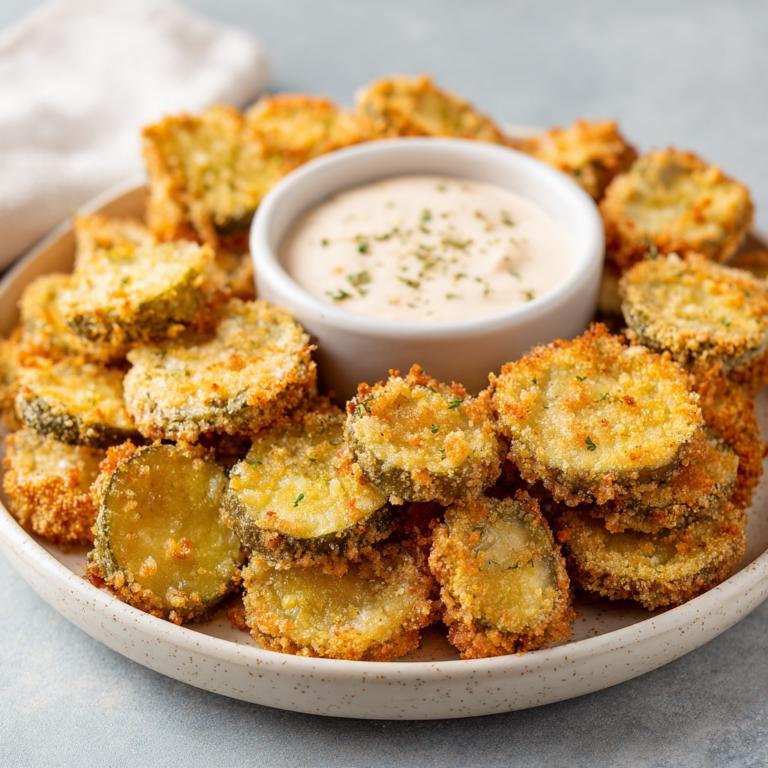Chicken Chow Mein with the Best Chow Mein Sauce: Your Ultimate Guide to a Perfect Takeout Fakeout
There’s a certain magic to a great stir-fry. The sizzle as it hits the hot wok, the incredible aroma that instantly fills your kitchen, and the promise of a meal that is vibrant, flavorful, and on the table in minutes. And standing tall among the pantheon of stir-fry classics is the ever-popular, always-craveable Chicken Chow Mein. But let’s be honest—sometimes homemade versions can fall flat, leaving you with a greasy, bland, or overly salty dish that pales in comparison to your favorite takeout joint.
What if I told you that the secret doesn’t lie in a mysterious wok-hei technique or hard-to-find ingredients, but in one simple, powerful element? That’s right, the true hero of this dish is the sauce. Today, we’re not just making Chicken Chow Mein; we’re creating Chicken Chow Mein with the Best Chow Mein Sauce you’ll ever taste. This isn’t just a recipe; it’s a deep dive into how to achieve a sauce that is perfectly balanced—savory, slightly sweet, rich, and glossy—clinging to every strand of noodle, piece of tender chicken, and crisp vegetable.
This recipe is designed to be your new weeknight champion: quick, flavorful, and incredibly adaptable. It’s light, not overly salty, and a blank canvas for your favorite veggies. Let’s embark on this culinary journey and unlock the secrets to a stir-fry that will have your family asking for seconds.
Deconstructing the Dream: What Makes the “Best” Chow Mein Sauce?
Before we even pick up a knife, it’s crucial to understand what we’re building. A great Chow Mein sauce isn’t a one-note soy sauce bomb. It’s a complex symphony of five key flavor profiles:
-
Salty & Savory (Umami): This is the foundation, primarily provided by soy sauce and oyster sauce. They deliver that deep, satisfying savoriness that forms the backbone of the dish.
-
Sweet: A touch of sweetness is essential to balance the saltiness. We use a bit of sugar and the complex sweetness of hoisin sauce to round out the edges.
-
Richness & Nuttiness: Sesame oil is the star here. Its distinct, toasty aroma is irreplaceable and instantly makes the dish taste “authentic.”
-
Aromatic & Pungent: Fresh garlic and ginger are non-negotiable. They provide a sharp, fragrant kick that cuts through the richness and awakens the palate.
-
Body & Gloss: This is the secret weapon! A small amount of cornstarch mixed with chicken broth creates a slurry that, when heated, thickens the sauce into a beautiful, glossy glaze that clings perfectly to the noodles instead of pooling at the bottom of the bowl.
Our recipe for Chicken Chow Mein with the Best Chow Mein Sauce masterfully balances all these elements. The result is a sauce that is greater than the sum of its parts—a sauce that will redefine your expectations of homemade stir-fry.
The Ultimate Recipe: Chicken Chow Mein with the Best Chow Mein Sauce
Let’s get into the kitchen and create this masterpiece. The process is fast, so having all your ingredients prepped and within arm’s reach (a concept known as mise en place) is the key to a stress-free, restaurant-quality result.
Prep Time: 15 minutes
Cook Time: 15 minutes
Total Time: 30 minutes
Servings: 4
Ingredients
For the Chicken Chow Mein:
-
1 pound chicken breast, thinly sliced
-
1 tablespoon soy sauce
-
1 tablespoon cornstarch
-
1 tablespoon vegetable oil (or another high-smoke-point oil like canola or peanut)
-
1 medium onion, thinly sliced
-
1 cup shredded carrots
-
2 cups shredded cabbage
-
1 cup bean sprouts
-
3 green onions, sliced (for garnish and fresh flavor)
-
8 ounces chow mein noodles (or spaghetti, linguine, or lo mein noodles as a substitute)
For the Best Chow Mein Sauce:
-
¼ cup soy sauce (use low-sodium if you’re sensitive to salt)
-
2 tablespoons oyster sauce (vegetarian oyster sauce is a great alternative)
-
1 tablespoon hoisin sauce
-
1 tablespoon sesame oil (do not substitute with another oil here!)
-
1 tablespoon cornstarch
-
¼ cup chicken broth (or water)
-
2 teaspoons sugar
-
1 teaspoon fresh ginger, finely grated
-
2 cloves garlic, minced
Step-by-Step Instructions
Step 1: The Marination – The First Step to Tender Chicken
In a medium bowl, combine the thinly sliced chicken breast with 1 tablespoon of soy sauce and 1 tablespoon of cornstarch. Use your hands or tongs to mix until every piece of chicken is evenly coated. Let this sit for at least 15 minutes while you prepare the other components. This step is a game-changer! The soy sauce adds foundational flavor, while the cornstarch creates a protective layer on the chicken that seals in its juices during the high-heat stir-fry, resulting in incredibly tender and silky meat.
Step 2: Crafting the Star – The Best Chow Mein Sauce
In a separate bowl, preferably one with a spout for easy pouring, whisk together all the sauce ingredients: the ¼ cup soy sauce, oyster sauce, hoisin sauce, sesame oil, cornstarch, chicken broth, sugar, grated ginger, and minced garlic. Whisk until the cornstarch is fully dissolved and the mixture is smooth. Setting this aside now means you won’t be fumbling with bottles later when everything is cooking quickly in the wok.
Step 3: Noodle Prep – The Foundation
Cook your chow mein noodles according to the package directions. If you’re using spaghetti, cook it to al dente. Once cooked, drain thoroughly. To prevent sticking, you can toss them with a tiny drizzle of vegetable oil. Pro tip: If your noodles are done early, you can run them under cool water to stop the cooking process. When it’s time to add them to the wok, a quick dunk in hot water will re-warm them perfectly.
Step 4: The Stir-Fry Dance – High Heat is Key
This is where the magic happens. Use the largest skillet or wok you have to ensure everything has enough space to sear rather than steam.
-
Stir-fry the Chicken: Heat 1 tablespoon of vegetable oil in your wok or skillet over medium-high heat until it shimmers. Add the marinated chicken in a single layer if possible, and let it sear for about a minute before tossing. Stir-fry for 4-5 minutes until the chicken is fully cooked through and has a beautiful, light browning. Remove the chicken from the wok and set it aside on a clean plate.
-
Cook the Vegetables: In the same wok, you should have enough residual oil. If not, add a tiny bit more. Add the sliced onion and shredded carrots. Stir-fry for 2-3 minutes until they begin to soften and become fragrant. Next, add the shredded cabbage and bean sprouts. Stir-fry for another 2 minutes. We want these vegetables to retain their crunch and vibrant color, so don’t overcook them!
Step 5: The Grand Finale – Bringing It All Together
Return the cooked chicken to the wok, along with the prepared noodles. Give your bowl of sauce one final whisk (the cornstarch may have settled) and then pour it over everything in the wok.
Immediately start tossing and stirring everything together. You’ll see the magic unfold in real-time. The liquid sauce will quickly begin to bubble and thicken into a gorgeous, glossy glaze that coats every single ingredient. Continue to toss and cook for 2-3 minutes until the entire dish is heated through and uniformly coated in that incredible sauce.
Step 6: Serve and Enjoy!
Turn off the heat and stir in most of your sliced green onions, reserving some for a fresh garnish on top. Serve your Chicken Chow Mein with the Best Chow Mein Sauce immediately while it’s piping hot. The contrast of the hot noodles with the fresh, cool green onions is simply divine.
Customizing Your Chicken Chow Mein with the Best Chow Mein Sauce
The beauty of this recipe is its flexibility. The sauce is so robust and flavorful that it can handle a wide variety of additions and substitutions.
-
Protein Swaps: Feel free to use chicken thighs for a richer flavor, or substitute with thinly sliced beef, shrimp, pork, or even firm tofu for a vegetarian version.
-
Vegetable Bounty: Don’t feel limited! This is a great way to clean out the veggie drawer. Excellent additions include:
-
Sliced bell peppers (any color)
-
Snow peas or sugar snap peas
-
Sliced mushrooms
-
Broccoli or cauliflower florets
-
Baby corn
-
Water chestnuts for a delightful crunch
-
Just remember to add harder vegetables (like carrots, broccoli) first, and softer ones (like bean sprouts, leafy greens) last.
-
-
Noodle Notes: While dedicated chow mein noodles are ideal, their springy texture can be approximated with spaghetti, linguine, or even ramen noodles (discard the seasoning packet). For a low-carb option, try zucchini noodles or shirataki noodles, but be aware they will release more water, so you may need to reduce the sauce longer.
Why This Recipe Truly is the Best
You might be wondering what sets this particular Chicken Chow Mein with the Best Chow Mein Sauce apart from the dozens of other recipes out there. The answer is in the meticulous balance and the pro-tips we’ve embedded:
-
The Cornstarch Slurry in the Sauce: Many recipes thicken the dish by dusting the meat with cornstarch, but having it directly in the sauce ensures a consistent, lump-free, and perfectly glossy finish every time.
-
The Flavor Trinity: The combination of soy sauce, oyster sauce, and hoisin sauce creates a multi-layered umami depth that is far more interesting than soy sauce alone.
-
Fresh Aromatics: Using freshly grated ginger and minced garlic, rather than powdered versions, makes a world of difference in providing a bright, pungent kick.
-
Controlled Saltiness: By using a balanced blend of sauces and a touch of sugar, this sauce is savory without being overwhelmingly salty, allowing the other flavors to shine.
Final Thoughts
Mastering a dish like Chicken Chow Mein with the Best Chow Mein Sauce is about more than just following a recipe; it’s about understanding the principles of balance, texture, and efficient cooking. This recipe empowers you to create a takeout classic that is not only faster and healthier than delivery but, frankly, often more delicious because it’s tailored to your taste and made with fresh, high-quality ingredients.
The star of the show is unequivocally the sauce—a perfectly harmonized blend of salty, sweet, and rich flavors that comes together in minutes to transform simple ingredients into a spectacular meal. It’s a testament to the fact that with a few key ingredients and a little technique, you can bring the vibrant energy of a Chinese restaurant right into your own kitchen. So, grab your wok, whisk together that incredible sauce, and get ready to enjoy the definitive homemade version of a beloved favorite. Your new go-to weeknight dinner awaits.


